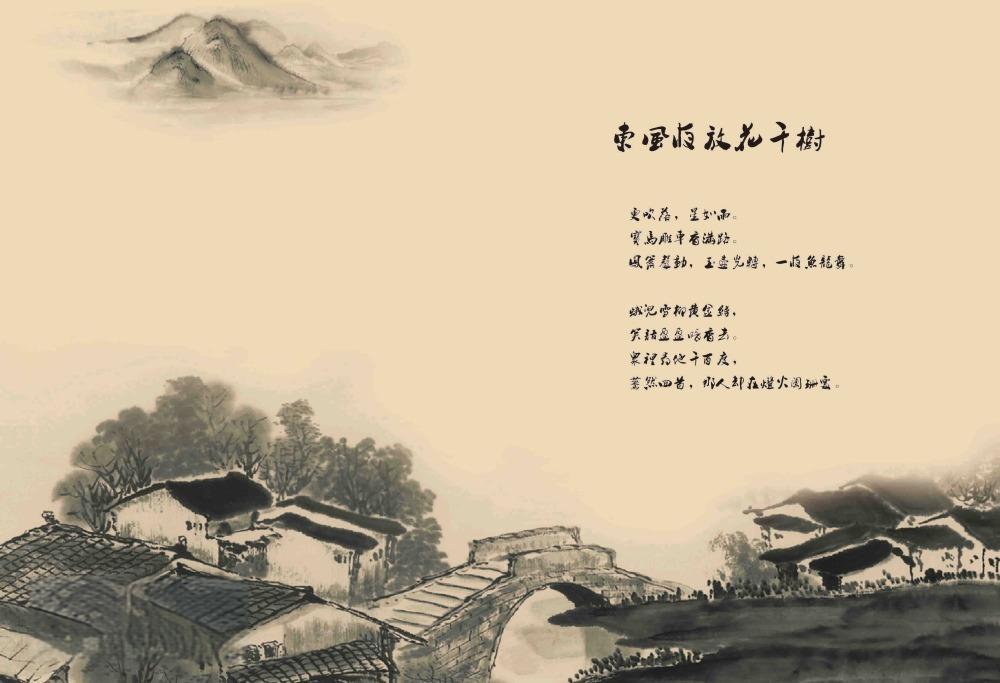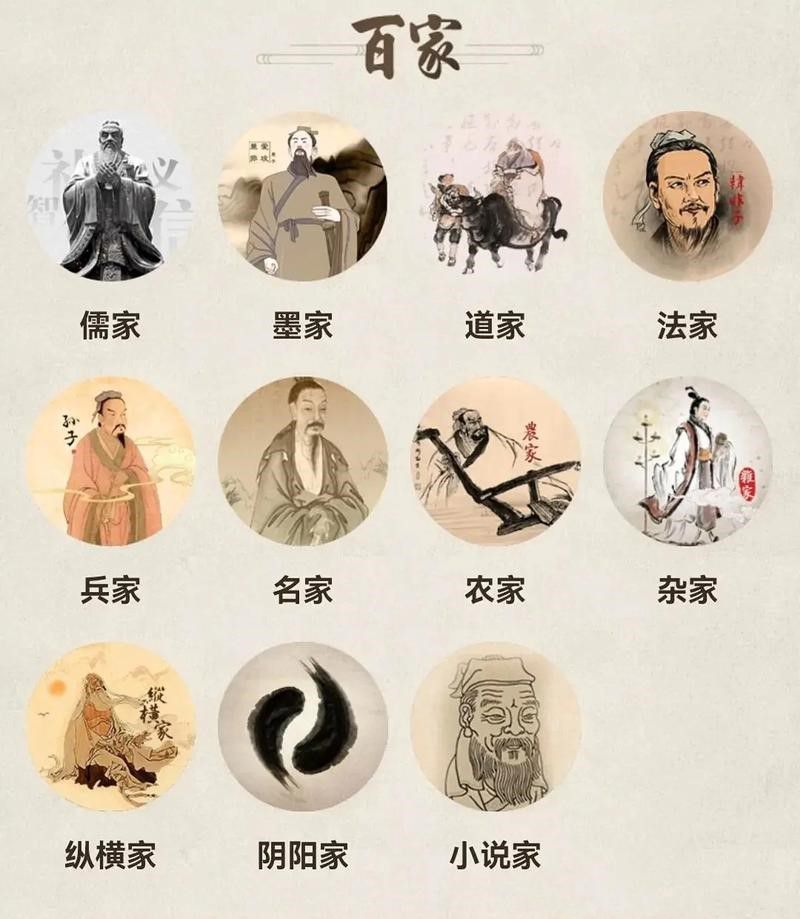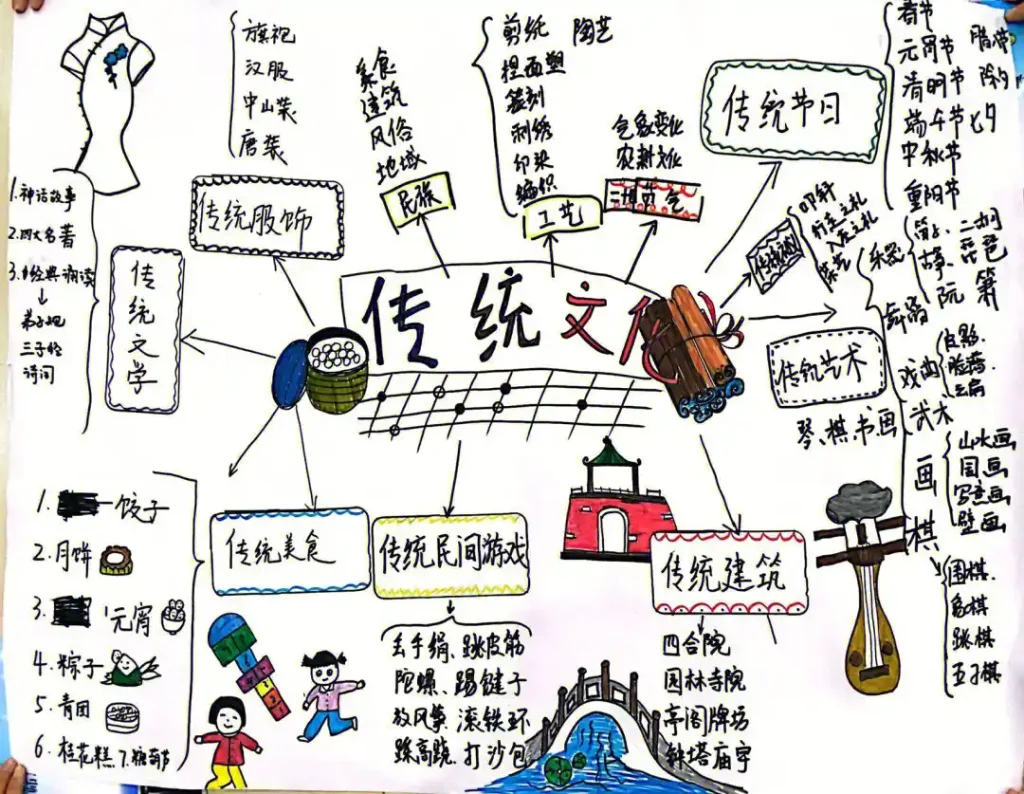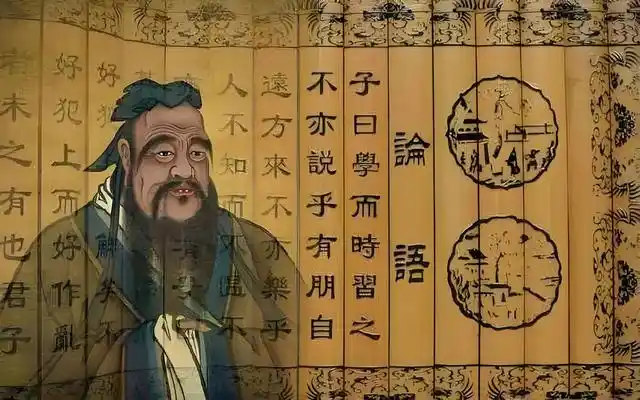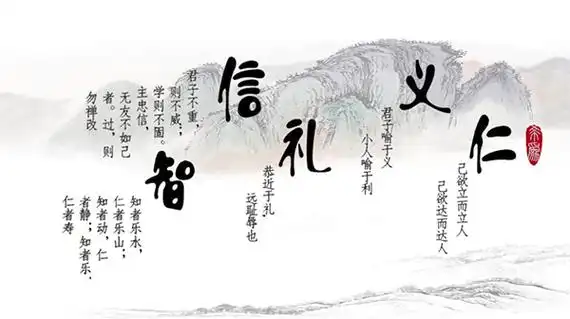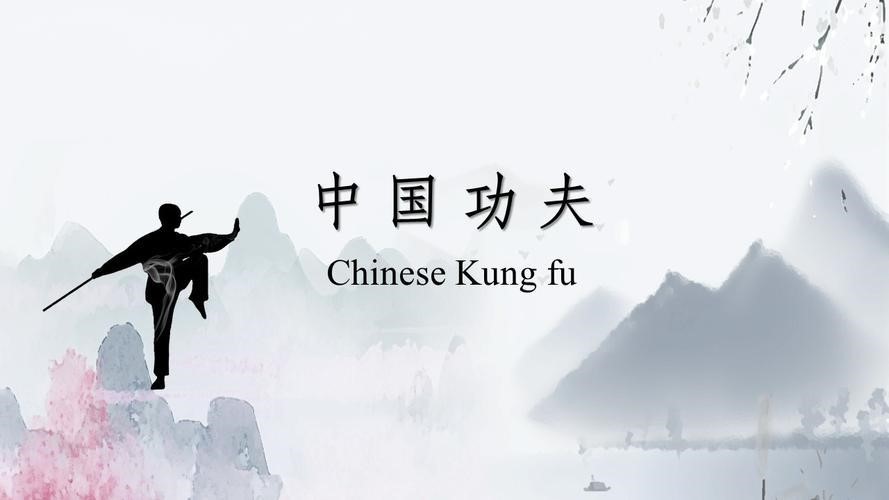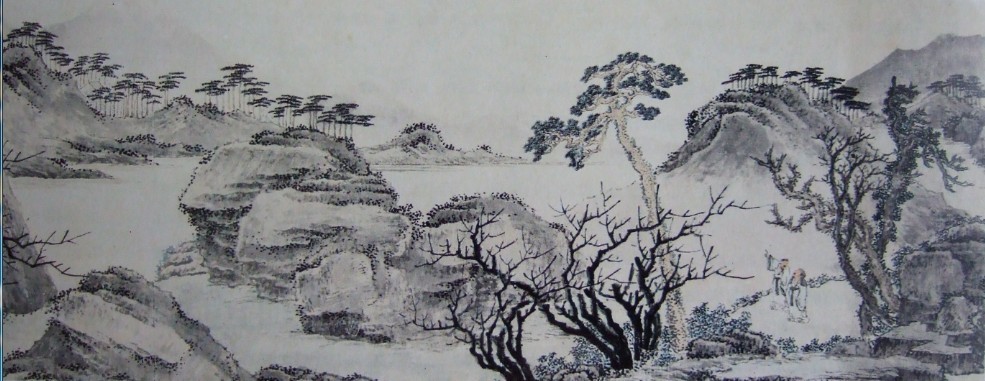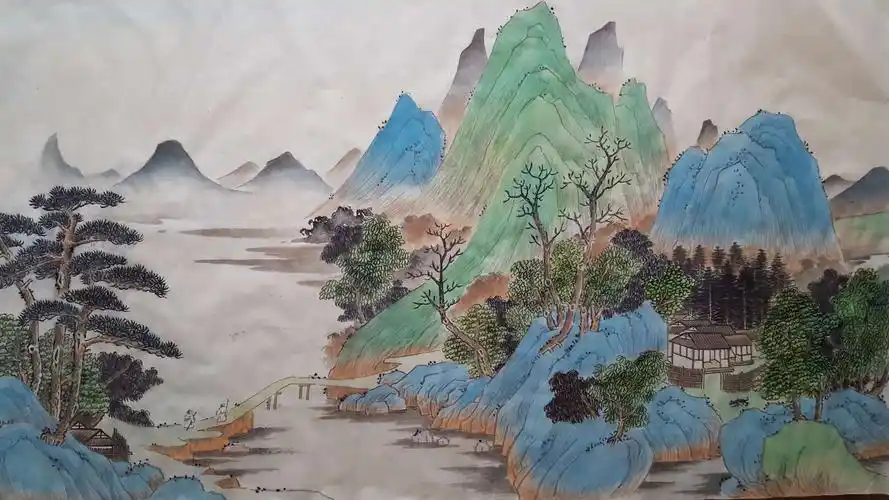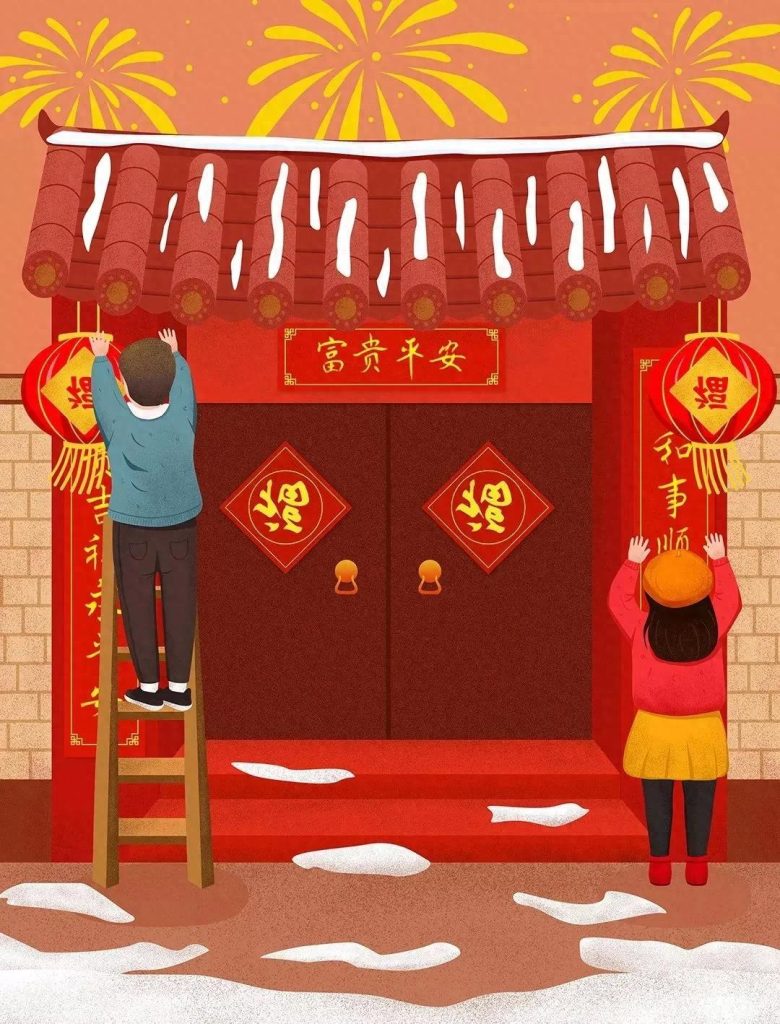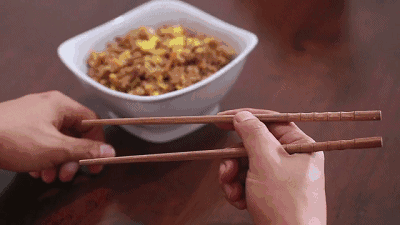Chinese culture – Impact on the world
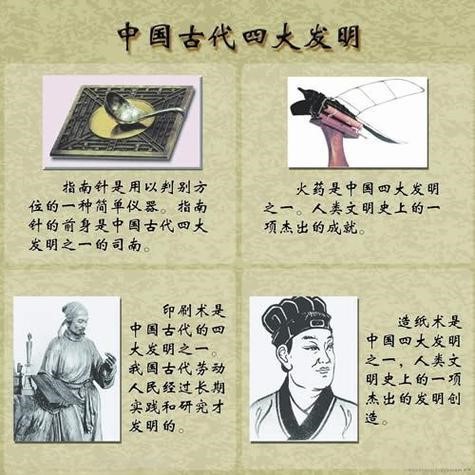
Japan
The Japanese samurai sword evolved from the Tang sword, and Japanese music and architecture learned a lot of Chinese ancient music and architectural styles (especially the Tang Dynasty). Chinese tea culture developed in Japan from the Song Dynasty when Japanese monk Eixi brought tea seeds back to Japan and planted them all over Japan.
Korea
In February and August each year, Koreans go to the Confucian Temple in the traditional way to worship Confucius, and there are institutes that teach exactly the traditional Confucian way, with the main course taught being the Confucian classics of the Four Books and Five Classics.
Singapore
Singapore, on the other hand, has been carrying out the “cultural regeneration” movement since the 1980s, which focuses on the traditional Chinese Confucian culture. In the Spring Festival of 1982, Prime Minister Lee Kuan Yew called on the people of Singapore to maintain and carry forward the traditional morality of Chinese Confucianism, and took “loyalty, filial piety, benevolence, propriety, integrity and shame” as the “rule of state” that the government must resolutely implement. In October 1988, First Deputy Prime Minister Goh Chok Tong proposed elevating Confucian Eastern values into the national consciousness and making them a guide to action for every citizen. In February 1990, the Singapore government published a White Paper on Common Values, full of Confucian ethics. The book puts forward five common values: (1) Country first, society first; (2) The family is the root, the society is the foundation; (3) care and support, help each other; (4) Seek common ground while shelving differences and negotiate consensus; (5) Racial harmony and religious tolerance.
